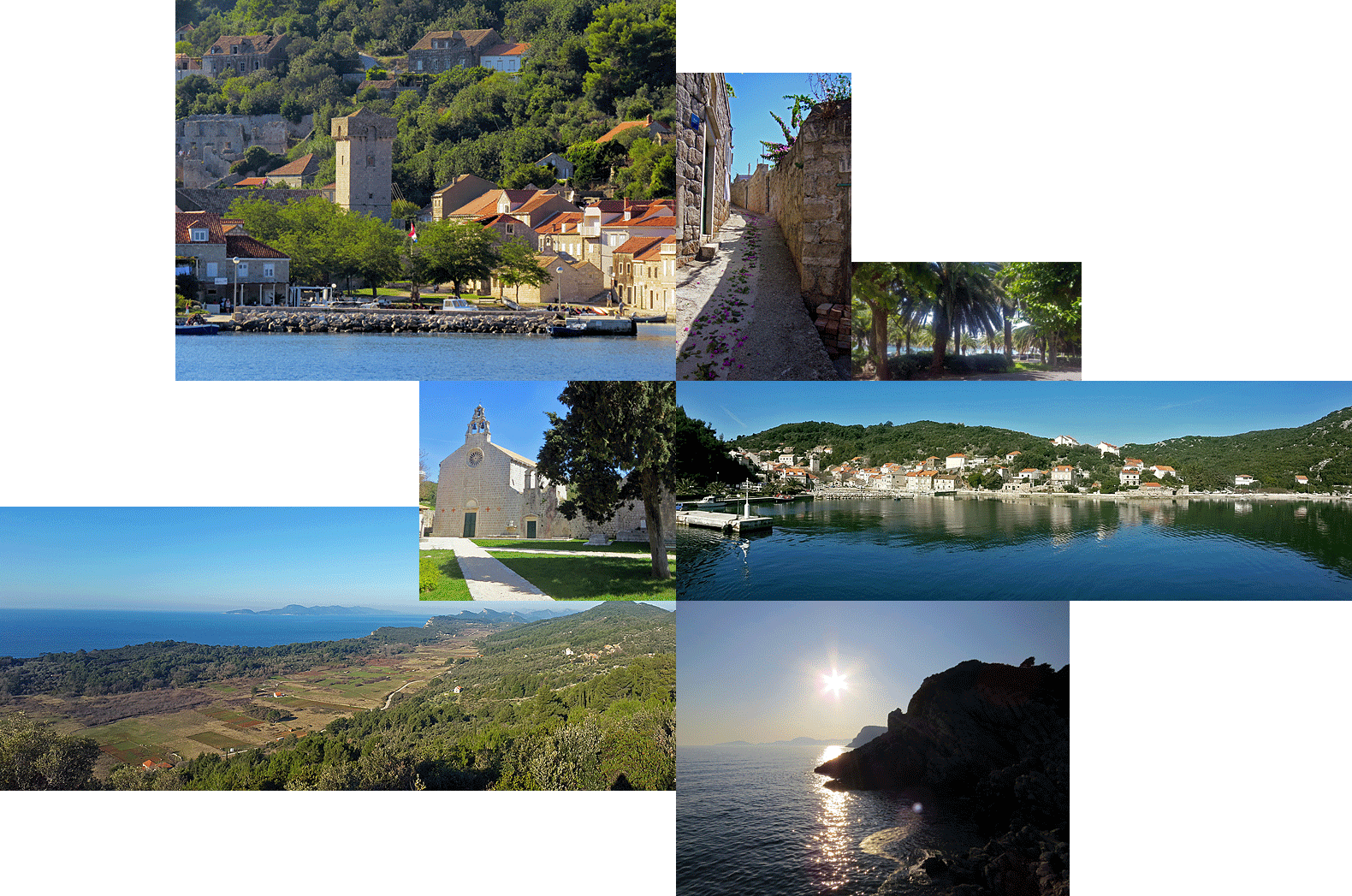The island of Šipan
13 fertile garden, islands and islets, located in the immediate vicinity of the city of Dubrovnik are known under the name "Elafiti". From the earliest development of the city of Dubrovnik the Elaphite islands were a part of its closest possessions (Astarea), and their socio-economic development was closely related to that of the Dubrovnik Republic. The name "Elafiti" itself derives from the Greek words ELAIA(an olive tree) and FITOS(to grow) which is in the spirit of croatian language translated as "the islands overgrowned with olive trees. And indeed wherever you take a look there are terraces once planted with olive trees in sight. When it comes about agricultural activities on the Elaphite islands all the surfaces that could be farmed were cultivated, the inherited cultures were improved and new ones were developed.
Šipan, the largest and the most inhabited, the island of sailors, fishermen and farmers, has always stood out among them. By the surface of the land that could be cultivated and by the number of its products it used to be on the first place in the former Republic of Dubrovnik. Thanks to the possibilities on the island for performing different economic activities at the same time, which brought an enormues revenues to its inhabitants, the island was called "the little island of gold". Shipbuilding, shipownership, maritime trade, export, various crafts (blacksmiths, goldsmiths ...) and especially viticulture, olive growing, growing carobs and figs were the main activities in the islands economy.
In recent times, with the development of tourism, small family farms revitalize inherited agricultural cultures and contribute to the development of the island by entering the market with its products.

